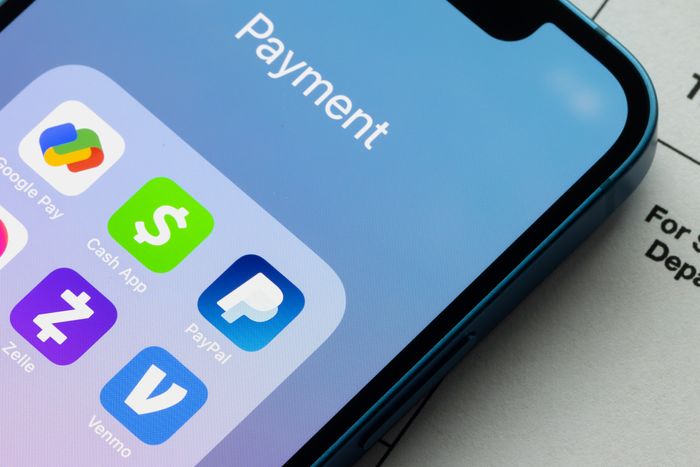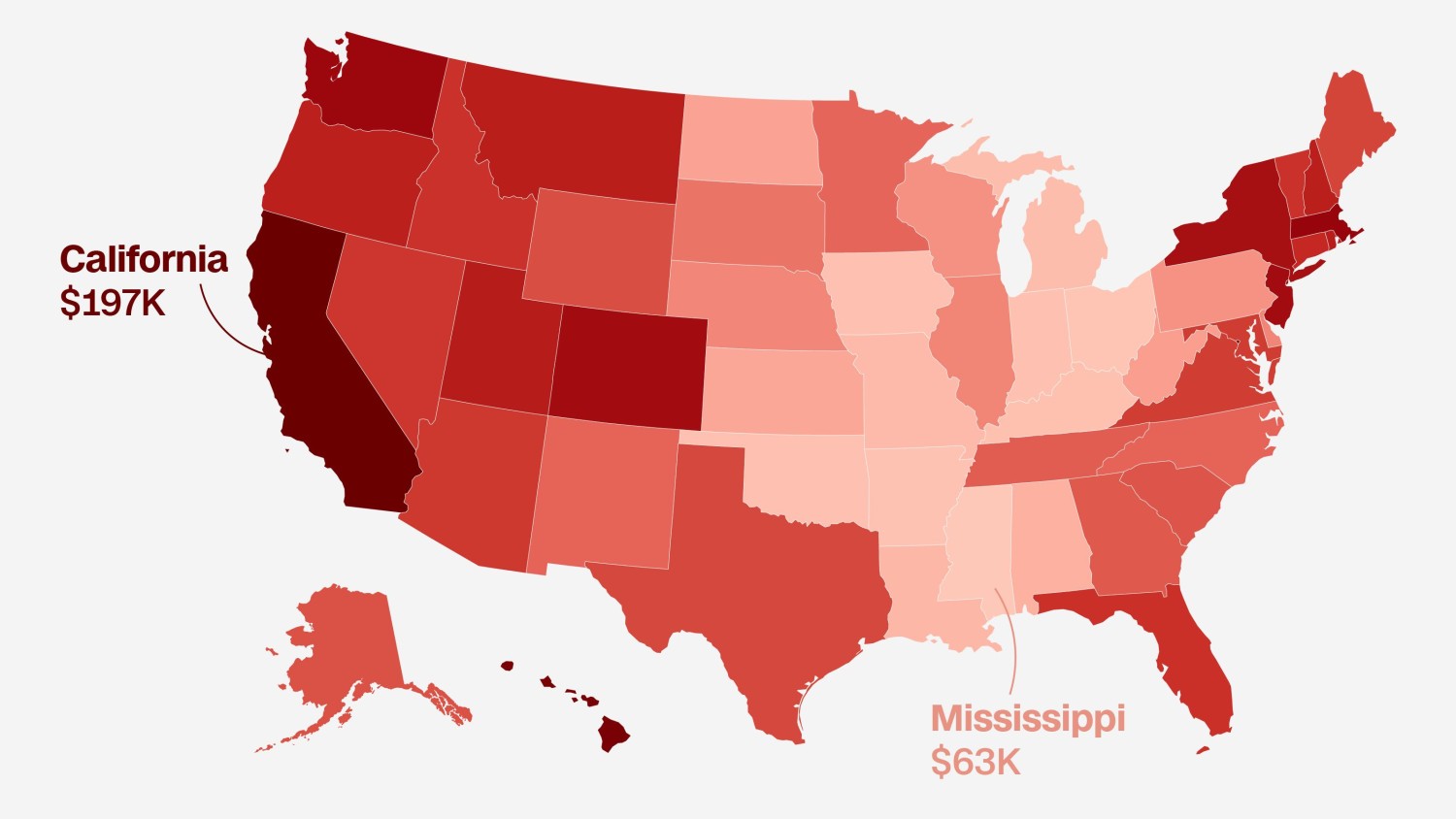This article is more than
1 year oldCredit Card, PayPal or Cash App? How You Pay Matters

Buyers have more ways to pay for things than ever before: Apple Pay, Venmo, credit cards and dozens of other options. What you choose might matter as much as the purchase itself.
Each of the different payment methods provides various conveniences, perks and protections from fraud. Credit cards have long been the default option of choice. But higher interest rates have now raised the cost of carrying a credit-card balance.
Money-transfer apps such as Venmo and Zelle processed nearly $900 billion last year, and the Consumer Financial Protection Bureau expects that number to reach $1.6 trillion by 2027.
These apps and services provide easy instant payments, usually for free. The downside is that these options offer fewer protections from scams and unfulfilled orders.
“The U.S. consumer is very driven by convenience. They may not be directly driven by security,” said James Anderson, managing director at Paze, a bank-owned digital wallet.
Payment apps are among the fastest-growing sources of fraud reports and losses, according to Federal Trade Commission data. Overall fraud losses have increased more than fivefold to $1.2 trillion since 2019. Losses tied to payment apps jumped from $5 million to $47 million over the same period, according to the FTC data.
As new payment options gain acceptance, consumers should try to educate themselves how to use these methods safely, said Seth Ruden, director of global advisory at BioCatch, a fraud-detection software company.
“The channel itself is not the villain. The bad actors are the scammers, the social engineers and exploit artists,” he said.
Here’s how to weigh the security, convenience and benefits of each payment option:
Credit and debit cards
When you swipe or tap your card or authorize a card transaction online, the merchant’s bank communicates with your bank through a card network such as Mastercard or Visa to ask permission to withdraw a certain amount. Your bank then decides whether to approve the transaction based on your available funds or credit and the likelihood the transaction is fraudulent. If approved, your bank puts a hold on the funds until they are sent to the merchant’s account, usually within a business day.
Credit cards can be the most rewarding way to pay online. Card issuers use the revenue from transaction fees to fund perks for customers such as cash-back deals, travel points, access to airport lounges and fraud protection.
A credit card can be expensive if you don’t pay your balance in full, and higher interest rates have now raised the cost of carrying a credit-card balance. Paying off a $1,000 balance in 12 months at the current average annual percentage rate of 22.16% means $103 in interest, compared with $77 roughly a year ago when the average was 16.65%, according to estimates from the Federal Reserve.
Debit cards don’t offer the same rewards as credit cards since their issuers make less money from each transaction. They do come with similar fraud and payment protections as credit cards.

PHOTO: TIFFANY HAGLER-GEARD/BLOOMBERG NEWS
Federal regulations require issuers to reimburse customers for unauthorized transactions of more than $50 and allow customers to dispute charges within 30 days. Many credit cards also provide purchase protection, meaning you can ask for reimbursements directly from your issuer if something you buy is lost, damaged or inconsistent with what was advertised.
Few people make the most of their credit-card benefits, payments experts said. After finding most people don’t bother to read the fine print when they sign up for a new card, Mastercard is now notifying customers of benefits in real-time.
“If I have to read a big booklet or call a number to understand what my benefits are, I’m not doing it,” said Chiro Aikat, executive vice president of U.S. market development at Mastercard.
Digital wallets
Digital wallets such as PayPal or Apple Pay are among the safest and easiest ways to pay online. Checking out with a wallet is typically faster than paying with a credit card directly since one doesn’t have to re-enter billing information and shipping address.
All of the protections and benefits associated with the underlying card are still in effect for wallet transactions, so it is best to connect these wallets to a credit card directly to maximize your protection, said Corie Wagner, an analyst at Security.org, a safety-product review site.
If a digital wallet gives you the option to link a bank account directly, you should read the policy agreement to make sure you understand what is protected. For example, PayPal offers an extra level of purchase protection, but Apple Pay and Google Pay don’t.
Wallets also offer additional layers of security through encryption and biometric verification and many don’t share sensitive financial data such as your 16-card number with individual merchants. “Use as many authentication factors as possible” such as Face ID or personal identification numbers, Wagner said.
Tap-to-pay is growing in the U.S., thanks in part to its security and ease of use. But it’s more complicated than it looks. WSJ takes you inside one of Square’s card readers to break down the tech that powers contactless payments. Photo illustration: Xingpei Shen
Peer-to-peer payment apps
Apps such as Venmo, Cash App and Zelle were designed to help people send money to friends and family, but they are now used in more settings. They move money more quickly than card payments because, instead of waiting on banks to approve the transaction, the payment is authorized once the sender hits submit. It is almost impossible to get money back once it has been sent.
These payment methods aren’t regulated as heavily as cards, so users might still be on the hook for unauthorized payments if a swindler gets control of their accounts.
“Use it to pay people you know, and trust,” said Meghan Fintland, a Zelle spokeswoman. “They’re not meant to have the credit-card security.”
Bank transfers
Businesses are increasingly offering ways to pay with your bank account directly since Automated Clearing House, or ACH, transfers are much cheaper to process than cards. This option should only be considered in exchange for a discount, payments executives said.
Consumers should be selective in sharing their bank information with merchants since wire transfers don’t have the same protection guarantees as cards.
If a business requests a direct bank transfer instead of a card payment, choosing a slower option over the newer instant methods such as Zelle might be best. ACH transfers typically take a few days to settle, giving you a few more days to try to stop the transaction before the money leaves your account.
“The slower it is, the greater likelihood is that you’ll be able to get recourse,” Ruden, at BioCatch, said.
Write to Imani Moise at imani.moise@wsj.com
Keywords

Newer articles
<p>After sparking fears among fans by posting a series of crying photos, Justin Bieber has taken to social media with a huge announcement.</p>
How Kendrick Lamar and Drake changed rap beefs forever Rapid-fire releases and fast pace of modern life elevate diss war to levels unparalleled in hip-hop history.
Kendrick Lamar Beat Drake By Being Drake
UN assembly urges Palestine membership after vote
Taylor Swift concert photo horrifies internet
Island nation erupts into violence, three dead
Sean 'Diddy' Combs asks judge to reject lawsuit alleging rape of 17-year-old girl in 2003
Ukraine finds itself in a grave situation. Russia appears to be advancing
Ellen to make TV comeback after two years
How the West's plan to punish Russian oil backfired



